 Search by Keyword
|
“MEET THE BEATLES!”
(ST 2047)
Released January 20th, 1964
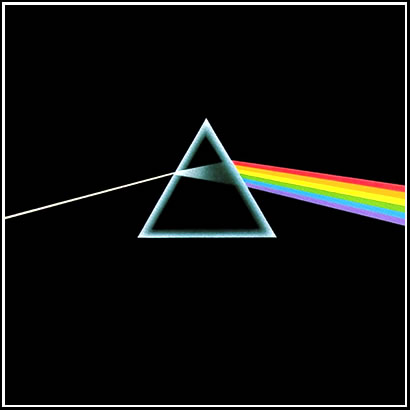 “Groundbreaking” probably could not be a term used to describe many albums in the history of the recording business. Depending on your personal favorite genre of music, you can probably come up with what you would consider a “groundbreaking” album or two. Fans of rock music in the '70s would probably say “The Dark Side Of The Moon” by Pink Floyd or the debut album by Boston. Fans of '80s pop music would surely cite “Thriller” by Michael Jackson or possibly “The Joshua Tree” by U2. “Come On Over” by Shania Twain could easily be the country fan's pick, and “Breezin’” by George Benson may make the Jazz lover's list. “Groundbreaking” probably could not be a term used to describe many albums in the history of the recording business. Depending on your personal favorite genre of music, you can probably come up with what you would consider a “groundbreaking” album or two. Fans of rock music in the '70s would probably say “The Dark Side Of The Moon” by Pink Floyd or the debut album by Boston. Fans of '80s pop music would surely cite “Thriller” by Michael Jackson or possibly “The Joshua Tree” by U2. “Come On Over” by Shania Twain could easily be the country fan's pick, and “Breezin’” by George Benson may make the Jazz lover's list.
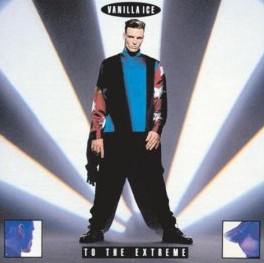 What all of these albums have in common is their longevity in the hearts of music fans. The music is timeless and never comes across as "dated" no matter how many years go by. It goes much farther than just the amount of units sold. Albums such as “To The Extreme” by Vanilla Ice and “Girl You Know It’s True” by Milli Vanilli may have broken all records as far as sales were concerned, but they have not endured the test of time, leaving many original buyers embarrassed to say they ever owned a copy. What all of these albums have in common is their longevity in the hearts of music fans. The music is timeless and never comes across as "dated" no matter how many years go by. It goes much farther than just the amount of units sold. Albums such as “To The Extreme” by Vanilla Ice and “Girl You Know It’s True” by Milli Vanilli may have broken all records as far as sales were concerned, but they have not endured the test of time, leaving many original buyers embarrassed to say they ever owned a copy.
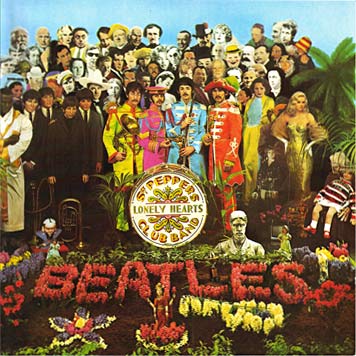 An undeniable fact within the music world, no matter what your musical preference, is that The Beatles win in the "groundbreaking" albums category without dispute! "Abbey Road," "The Beatles" (aka "The White Album"), "Rubber Soul" and “Sgt. Pepper’s Lonely Hearts Club Band” are unmistakably considered as “groundbreaking” for reasons unique to each album. Adding to these are the cherished memories of each album that fans continue to hold dear as they recall living through the Beatlemania years and you’ll see why all music lovers have to acknowledge The Beatles' place in album history. An undeniable fact within the music world, no matter what your musical preference, is that The Beatles win in the "groundbreaking" albums category without dispute! "Abbey Road," "The Beatles" (aka "The White Album"), "Rubber Soul" and “Sgt. Pepper’s Lonely Hearts Club Band” are unmistakably considered as “groundbreaking” for reasons unique to each album. Adding to these are the cherished memories of each album that fans continue to hold dear as they recall living through the Beatlemania years and you’ll see why all music lovers have to acknowledge The Beatles' place in album history.
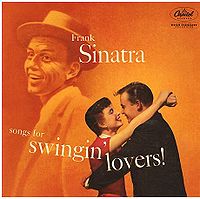 Arguably among the biggest and most important “groundbreaking” albums The Beatles released was their first Capitol album “Meet The Beatles!” Truth be told, the record album industry as a whole was transformed with the release of this record. Since the inception of the 33 1/3 RPM album (or LP) in 1948, album buyers were primarily adults whose musical tastes didn’t usually encompass what their teenagers wanted to hear. Big selling albums were usually by artists such as Nat King Cole, Frank Sinatra as well as the “Sing Along With Mitch” albums. The teenagers' market was predominantly singles (aka 45s) which were less expensive and therefore much more affordable to spend their allowances on. Whereas Elvis Presley turned the world on its ear starting in 1956, young listeners were starting to save up their money to purchase Elvis albums. While his albums were reaching “Gold” status (sales of 500,000) in the '50s and early '60s, it was his singles that were breaking all records and were still the predominant market for teenagers. Arguably among the biggest and most important “groundbreaking” albums The Beatles released was their first Capitol album “Meet The Beatles!” Truth be told, the record album industry as a whole was transformed with the release of this record. Since the inception of the 33 1/3 RPM album (or LP) in 1948, album buyers were primarily adults whose musical tastes didn’t usually encompass what their teenagers wanted to hear. Big selling albums were usually by artists such as Nat King Cole, Frank Sinatra as well as the “Sing Along With Mitch” albums. The teenagers' market was predominantly singles (aka 45s) which were less expensive and therefore much more affordable to spend their allowances on. Whereas Elvis Presley turned the world on its ear starting in 1956, young listeners were starting to save up their money to purchase Elvis albums. While his albums were reaching “Gold” status (sales of 500,000) in the '50s and early '60s, it was his singles that were breaking all records and were still the predominant market for teenagers.
 Then came 1964! With the release of “Meet The Beatles!” on January 20th of that year, this new pop music phenomenon had compelled the youth of America not only to purchase their three current singles but also to buy what was considered their first “official” album. The teenage market brought this album, not only to #1 for 11 weeks on the Billboard album chart (71 total weeks on the chart) but into the platinum sales figures (sales of 1 million). Hearing a song or two on a 45 was no longer enough to satisfy teenage ears. This was truly “groundbreaking” as the album industry has remained predominantly a youth market from that time on until today. Then came 1964! With the release of “Meet The Beatles!” on January 20th of that year, this new pop music phenomenon had compelled the youth of America not only to purchase their three current singles but also to buy what was considered their first “official” album. The teenage market brought this album, not only to #1 for 11 weeks on the Billboard album chart (71 total weeks on the chart) but into the platinum sales figures (sales of 1 million). Hearing a song or two on a 45 was no longer enough to satisfy teenage ears. This was truly “groundbreaking” as the album industry has remained predominantly a youth market from that time on until today.
Origin of the Album
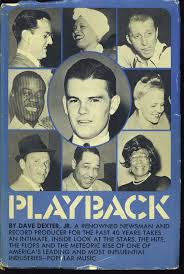 The fact is not hidden that Capitol Records, the EMI owned company which was affiliated with the Beatles British label Parlophone, had passed on releasing Beatles records in the US four times in 1963. Three of their first four British singles (“Love Me Do” “Please Please Me,” and “She Loves You”) were premiered by Capitol executive Dave Dexter Jr. and were rejected. The fact is not hidden that Capitol Records, the EMI owned company which was affiliated with the Beatles British label Parlophone, had passed on releasing Beatles records in the US four times in 1963. Three of their first four British singles (“Love Me Do” “Please Please Me,” and “She Loves You”) were premiered by Capitol executive Dave Dexter Jr. and were rejected.
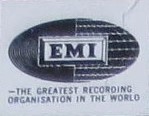 Dave Dexter Jr. was given the task of reviewing foreign EMI Records to determine whether they were suitable for the American market. Because of his distaste for rock and roll, Dave Dexter Jr. most usually rejected these records. Even when Capitol president Alan Livingston called the great British success of The Beatles to his attention, he replied, “They’re a bunch of long-haired kids. They are nothing. Forget it.” Since Capitol's occasional UK releases weren't doing very well in America, Alan Livingston trusted Dave Dexter Jr’s opinions and that was that. Dave Dexter Jr. was given the task of reviewing foreign EMI Records to determine whether they were suitable for the American market. Because of his distaste for rock and roll, Dave Dexter Jr. most usually rejected these records. Even when Capitol president Alan Livingston called the great British success of The Beatles to his attention, he replied, “They’re a bunch of long-haired kids. They are nothing. Forget it.” Since Capitol's occasional UK releases weren't doing very well in America, Alan Livingston trusted Dave Dexter Jr’s opinions and that was that.
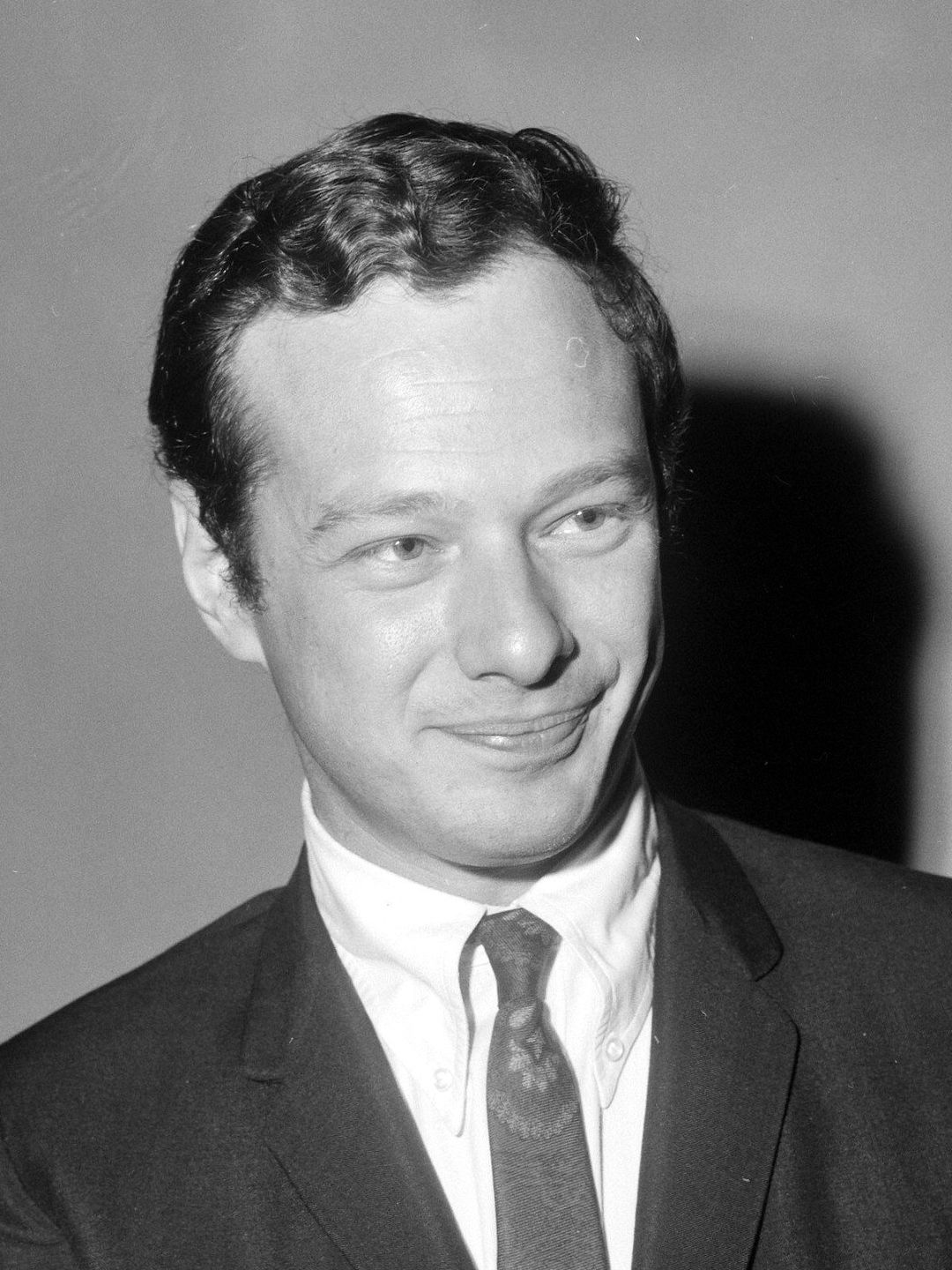 When Dave Dexter Jr. also rejected The Beatles next single “I Want To Hold Your Hand,” Beatles manager Brian Epstein decided to visit Capitol Records in person to address the situation. President Alan Livingston decided to sign The Beatles to Capitol after hearing “I Want To Hold Your Hand” himself. Surprisingly, he also agreed to Brian Epstein’s proposal that Capitol spend $40,000 to promote The Beatles in the US, although Capitol Director of Eastern Relations Brown Meggs reportedly told Brian Epstein that they did not expect a great response. When Dave Dexter Jr. also rejected The Beatles next single “I Want To Hold Your Hand,” Beatles manager Brian Epstein decided to visit Capitol Records in person to address the situation. President Alan Livingston decided to sign The Beatles to Capitol after hearing “I Want To Hold Your Hand” himself. Surprisingly, he also agreed to Brian Epstein’s proposal that Capitol spend $40,000 to promote The Beatles in the US, although Capitol Director of Eastern Relations Brown Meggs reportedly told Brian Epstein that they did not expect a great response.
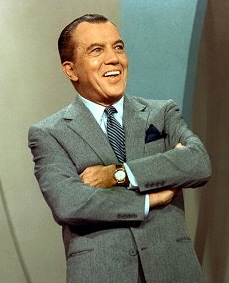 A great promotional campaign was underway shortly thereafter which, along with the US magazine and television news program exposure they were getting and the hubbub about their upcoming “Ed Sullivan Show” appearances, saturated the media with updates about the arrival of The Beatles. A great promotional campaign was underway shortly thereafter which, along with the US magazine and television news program exposure they were getting and the hubbub about their upcoming “Ed Sullivan Show” appearances, saturated the media with updates about the arrival of The Beatles.
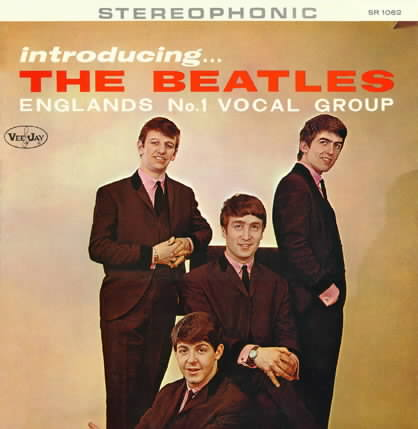 As well as quickly releasing “I Want To Hold Your Hand” as the first Capitol single, the record label was preparing an album to capitalize on the assured success of the single. Even though the album's full title was “Meet The Beatles! The First Album by England’s Phenomenal Pop Combo,” the Vee-Jay label was actually the first to release a Beatles album in the US. In 1963 Vee-Jay had temporarily acquired the rights to release Beatles records in America, which they did with their release of two unsuccessful singles, “Please Please Me” and “From Me To You.” They shelved their plans to also release an album they titled “Introducing…The Beatles” because of financial problems. But with all the promotion that Capitol gave The Beatles, as well as the magazine and television exposure, Vee-Jay decided to release the album after all, beating Capitol records at their own game by ten days. As well as quickly releasing “I Want To Hold Your Hand” as the first Capitol single, the record label was preparing an album to capitalize on the assured success of the single. Even though the album's full title was “Meet The Beatles! The First Album by England’s Phenomenal Pop Combo,” the Vee-Jay label was actually the first to release a Beatles album in the US. In 1963 Vee-Jay had temporarily acquired the rights to release Beatles records in America, which they did with their release of two unsuccessful singles, “Please Please Me” and “From Me To You.” They shelved their plans to also release an album they titled “Introducing…The Beatles” because of financial problems. But with all the promotion that Capitol gave The Beatles, as well as the magazine and television exposure, Vee-Jay decided to release the album after all, beating Capitol records at their own game by ten days.
Since the Vee-Jay album was bas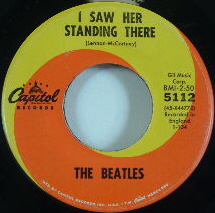 ed on the first British Beatles album “Please Please Me” and the Capitol album was based mostly on their second and most recent British album “With The Beatles,” the US market was able to assimilate as well as achieve great success with both albums. With the exception of “I Saw Her Standing There” which appeared on both of these albums, Capitol's “Meet The Beatles!” was an entirely different album for fans to acquire. Both of these releases reached an unprecedented platinum status within the teen market with over a million sold. ed on the first British Beatles album “Please Please Me” and the Capitol album was based mostly on their second and most recent British album “With The Beatles,” the US market was able to assimilate as well as achieve great success with both albums. With the exception of “I Saw Her Standing There” which appeared on both of these albums, Capitol's “Meet The Beatles!” was an entirely different album for fans to acquire. Both of these releases reached an unprecedented platinum status within the teen market with over a million sold.
The Make-up Of The Album
Capitol was very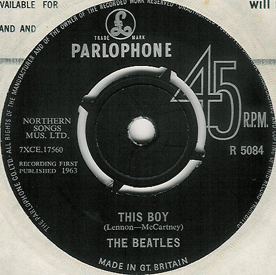 particular in their decision on what would be contained on the first album. They desired to give a positive and energetic first impression (actually a second impression as it turned out) to America’s youth. As an example, they replaced the ballad “This Boy” as the b-side of the group's first single with the energetic rock and roll of “I Saw Her Standing There” which was chosen from their first British album. particular in their decision on what would be contained on the first album. They desired to give a positive and energetic first impression (actually a second impression as it turned out) to America’s youth. As an example, they replaced the ballad “This Boy” as the b-side of the group's first single with the energetic rock and roll of “I Saw Her Standing There” which was chosen from their first British album.
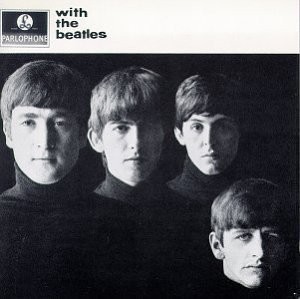 Capitol also chose to avoid American cover songs which appeared on the UK “With The Beatles” album, thinking that Americans fans would be more impressed with The Beatles' original songs, showing their songwriting talent. In the process, The Beatles’ covers of American songs “Please Mister Postman,” “Money,” “Roll Over Beethoven,” “You’ve Really Got A Hold On Me” and “Devil In Her Heart” were left off of the album. Capitol also chose to avoid American cover songs which appeared on the UK “With The Beatles” album, thinking that Americans fans would be more impressed with The Beatles' original songs, showing their songwriting talent. In the process, The Beatles’ covers of American songs “Please Mister Postman,” “Money,” “Roll Over Beethoven,” “You’ve Really Got A Hold On Me” and “Devil In Her Heart” were left off of the album.
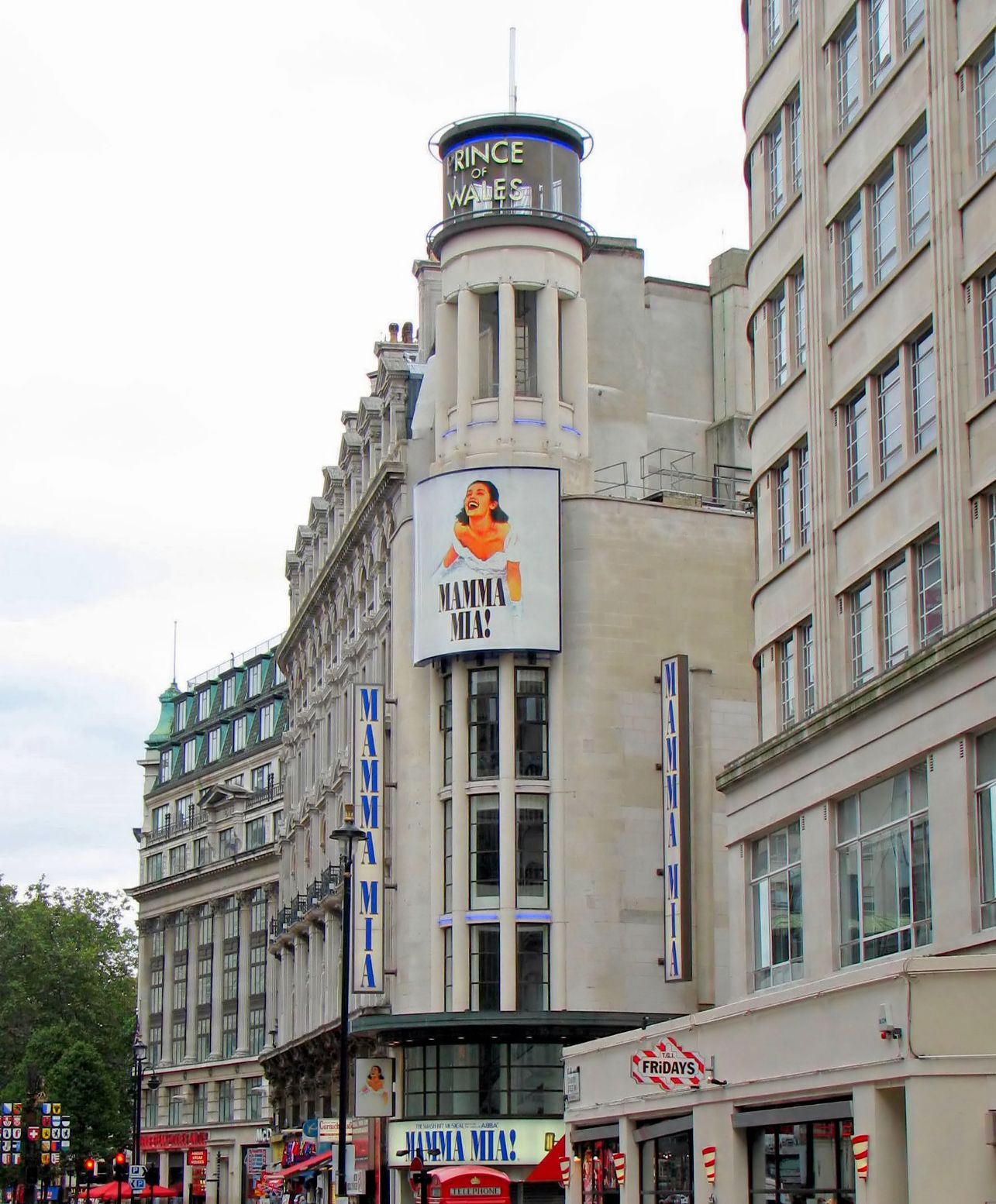 They did make an exception with one cover song, the mature sounding “Till There Was You.” This decision appeared to have been made to coincide with their performing the song on their February 9th, 1964 “Ed Sullivan Show” appearance, as well as their internationally famous Royal Variety Show at the Prince Of Wales Theatre in London on November 4th, 1963. They did make an exception with one cover song, the mature sounding “Till There Was You.” This decision appeared to have been made to coincide with their performing the song on their February 9th, 1964 “Ed Sullivan Show” appearance, as well as their internationally famous Royal Variety Show at the Prince Of Wales Theatre in London on November 4th, 1963.
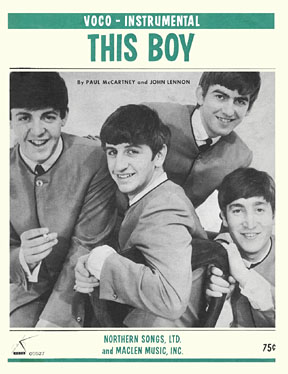 Being that the proven fact that "singles sell albums" was a common practice in America prior to 1964, the first two tracks chosen for the album were both sides of their first US single. Not wanting to neglect the gorgeous three-part harmony of the ballad “This Boy” that was the British b-side to “I Want To Hold Your Hand,” they included it next in the line up on side one. After that, they pretty much commenced with the original track list of the British “With The Beatles” album, omitting the aforementioned cover songs. Being that the proven fact that "singles sell albums" was a common practice in America prior to 1964, the first two tracks chosen for the album were both sides of their first US single. Not wanting to neglect the gorgeous three-part harmony of the ballad “This Boy” that was the British b-side to “I Want To Hold Your Hand,” they included it next in the line up on side one. After that, they pretty much commenced with the original track list of the British “With The Beatles” album, omitting the aforementioned cover songs.
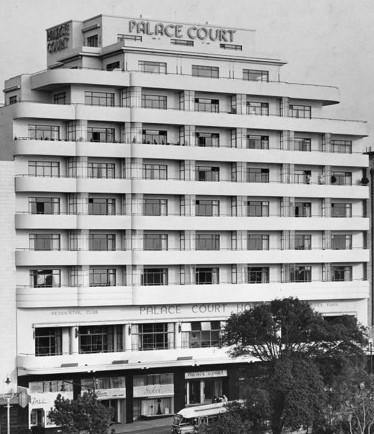 The cover chosen for the album was the identical portrait used for the “With The Beatles” UK album, which was inspired by German photographer and personal friend of the band, Astrid Kirschherr. Her earlier photographs of the group while they were playing long engagements in Hamburg, Germany included head shots of them in half lighting. These photos were then shown to photographer Robert Freeman and, according to George Harrison, they asked him, “’Can’t you do it like this?’” The album photograph was shot in Bournemouth, England, at The Palace Court in “a room with a piece of black background” and lighting on the right side of their faces. According to Paul, the session took about a half hour and was done simply and effortlessly. The cover chosen for the album was the identical portrait used for the “With The Beatles” UK album, which was inspired by German photographer and personal friend of the band, Astrid Kirschherr. Her earlier photographs of the group while they were playing long engagements in Hamburg, Germany included head shots of them in half lighting. These photos were then shown to photographer Robert Freeman and, according to George Harrison, they asked him, “’Can’t you do it like this?’” The album photograph was shot in Bournemouth, England, at The Palace Court in “a room with a piece of black background” and lighting on the right side of their faces. According to Paul, the session took about a half hour and was done simply and effortlessly.
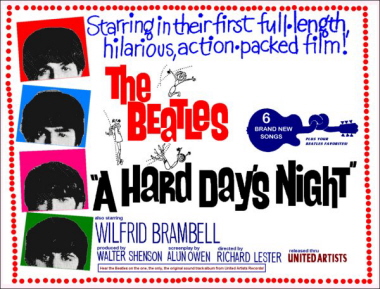 Unlike “Introducing…The Beatles” that had just been released, Capitol decided to grace the back cover with liner notes that convince record buyers that THIS was the genuine article. They felt the need to facilitate a proper introduction to American audiences, including references to the group's Time, Newsweek and New York Times articles, their Royal Variety Show performance, their being booked for three appearances on the Ed Sullivan Show, and the fact that they were to appear in a “feature length United Artists movie” in the near future. One can only imagine how impressed American record buyers were at reading about the “unnumbered broken limbs” that occurred at the first Beatles concert in Dublin. Hindsight tells us that maybe that should not have been included on album liner notes in order to encourage increased sales. Unlike “Introducing…The Beatles” that had just been released, Capitol decided to grace the back cover with liner notes that convince record buyers that THIS was the genuine article. They felt the need to facilitate a proper introduction to American audiences, including references to the group's Time, Newsweek and New York Times articles, their Royal Variety Show performance, their being booked for three appearances on the Ed Sullivan Show, and the fact that they were to appear in a “feature length United Artists movie” in the near future. One can only imagine how impressed American record buyers were at reading about the “unnumbered broken limbs” that occurred at the first Beatles concert in Dublin. Hindsight tells us that maybe that should not have been included on album liner notes in order to encourage increased sales.
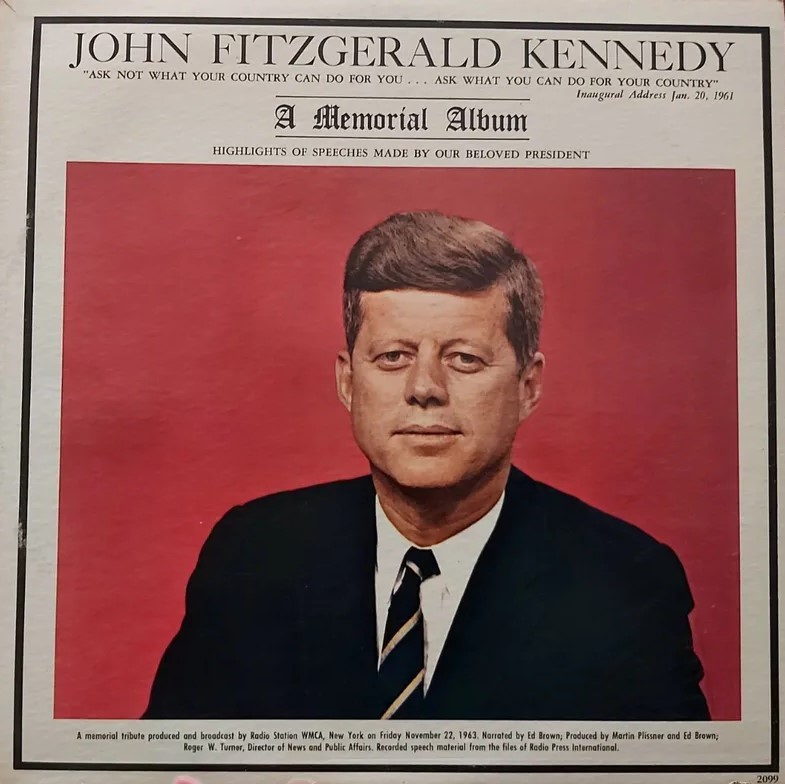 It is the popular opinion of many that the timing was right for The Beatles' success in America because of the unfortunate assassination of President John F. Kennedy on November 22nd, 1963 (which actually coincides with the exact day that “With The Beatles” was released in Great Britain). The grim atmosphere engrossing the nation at that time, or so it is thought, left an opening for something upbeat and exciting to lift its spirits. Whether this can be said to be accurate or not can only be answered by someone with the qualifications to do so. But, if this was the case, it was quite fortuitous that Capitol records held off in signing The Beatles until the time was truly right. If they signed The Beatles earlier in the year, they could very well have been another British act that failed miserably like all the others at that time. It is the popular opinion of many that the timing was right for The Beatles' success in America because of the unfortunate assassination of President John F. Kennedy on November 22nd, 1963 (which actually coincides with the exact day that “With The Beatles” was released in Great Britain). The grim atmosphere engrossing the nation at that time, or so it is thought, left an opening for something upbeat and exciting to lift its spirits. Whether this can be said to be accurate or not can only be answered by someone with the qualifications to do so. But, if this was the case, it was quite fortuitous that Capitol records held off in signing The Beatles until the time was truly right. If they signed The Beatles earlier in the year, they could very well have been another British act that failed miserably like all the others at that time.
Recording The Album
With their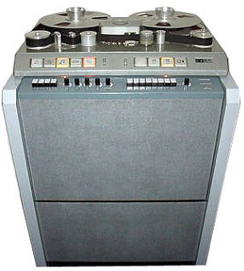 first British album “Please Please Me” lodged at #1 on the British charts throughout the spring and summer of 1963, The Beatles were afforded the opportunity of taking much more time in the EMI Studios to record their follow up album. The original process of rushing through a single day of studio time to hash out an album in order to capitalize on what would be determined to be their next hit single had changed dramatically. They even graduated to four-track recording towards the end of the sessions, which was normally never utilized for pop recordings at EMI Studios. first British album “Please Please Me” lodged at #1 on the British charts throughout the spring and summer of 1963, The Beatles were afforded the opportunity of taking much more time in the EMI Studios to record their follow up album. The original process of rushing through a single day of studio time to hash out an album in order to capitalize on what would be determined to be their next hit single had changed dramatically. They even graduated to four-track recording towards the end of the sessions, which was normally never utilized for pop recordings at EMI Studios.
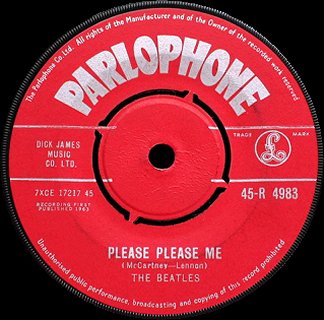 Their growing legion of fans deserved a follow up album of the best quality available. By the time of the making of this second album, they had already proven themselves beyond being a "one-hit-wonder." The Beatles had by this time topped most British charts with three big hits throughout 1963; “Please Please Me,” “From Me To You” and “She Loves You.” The Capitol album “Meet The Beatles!” actually comprised a total of nine EMI recording sessions that were interspersed between tour dates, starting on February 11th (in the case of “I Saw Her Standing There”) and ending on October 23rd, 1963 (with “Hold Me Tight”). Their growing legion of fans deserved a follow up album of the best quality available. By the time of the making of this second album, they had already proven themselves beyond being a "one-hit-wonder." The Beatles had by this time topped most British charts with three big hits throughout 1963; “Please Please Me,” “From Me To You” and “She Loves You.” The Capitol album “Meet The Beatles!” actually comprised a total of nine EMI recording sessions that were interspersed between tour dates, starting on February 11th (in the case of “I Saw Her Standing There”) and ending on October 23rd, 1963 (with “Hold Me Tight”).
Written and compiled by Dave Rybaczewski
CLICK ON THE SONG TITLES BELOW TO READ THE IN-DEPTH HISTORY OF THE SONGS ON "MEET THE BEATLES"
|
IF YOU WOULD LIKE TO MAKE A DONATION TO KEEP THIS WEBSITE UP AND RUNNING, PLEASE CLICK BELOW!
Sign Up Below for our MONTHLY BEATLES TRIVIA QUIZ!
|